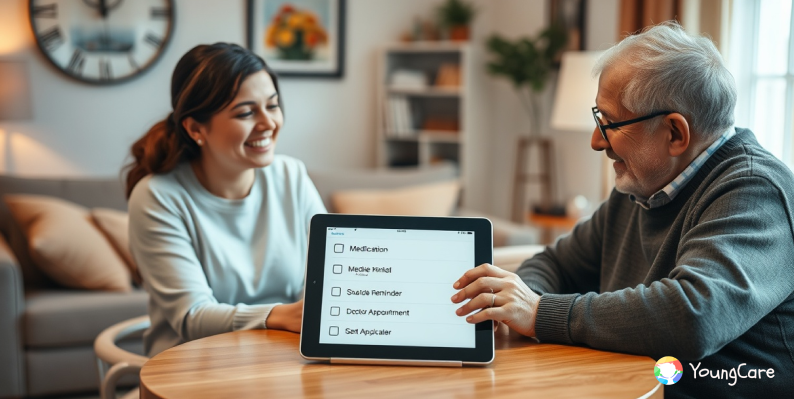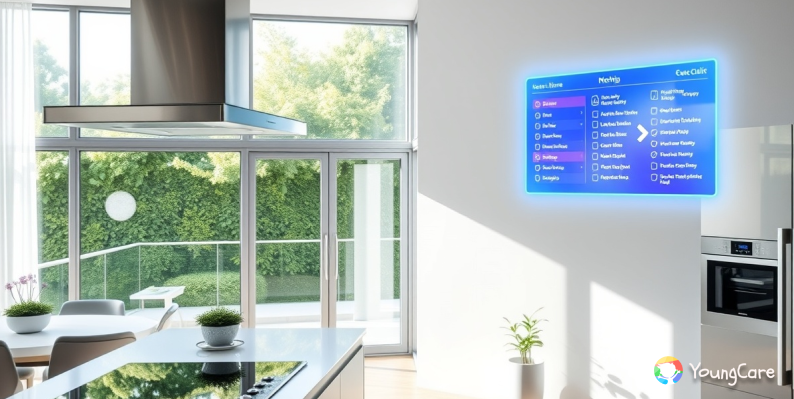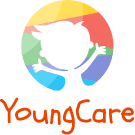Smart checklists for caregivers replace traditional paper methods with digital, customizable tools that enhance organization, communication, safety, and caregiver well-being. Real-world applications show improved task management, family communication, and home safety. Future trends include AI integration, smart home automation, and personalized adaptability.
The Origin Story From Paper Lists to Digital Intelligence

Historically, caregivers relied on handwritten checklists or printed templates to manage daily care tasks such as medication schedules, hygiene routines, meal planning, and appointments. With increasing responsibilities and advancements in caregiving technology, these traditional lists have evolved into digital caregiving solutions. Modern smart checklists provide customization, real-time updates, and seamless sharing with family members and healthcare providers, improving caregiver productivity and enhancing overall care quality.
Core Ideas Why Smart Checklists Matter

- Organization and Consistency: Smart checklists for caregivers improve care management by preventing missed tasks and providing step-by-step routines customized to individual needs.
- Enhanced Communication: Digital checklists ensure smooth handoffs between caregivers, minimizing errors and facilitating real-time updates with family members.
- Safety and Compliance: Caregiver checklists help monitor vital signs, track health changes, and ensure home safety while maintaining compliance with care plans.
- Caregiver Well-being: Built-in self-care reminders allow caregivers to prioritize their own health, helping reduce burnout and improve overall productivity.
Real-World Applications and Anecdotes

In family caregiving, a daughter leverages a digital caregiver checklist to manage her mother’s medication schedule and share real-time updates with siblings, ensuring effective communication. In professional care teams, staff use smart checklists to track vital signs and record therapy sessions in assisted living facilities, improving coordination with healthcare providers. Additionally, remote monitoring checklists enhance home safety, help prevent accidents, and reduce the risk of falls.
Challenges and Critical Viewpoints

Even with the advantages of digital caregiver checklists, challenges remain. Caregivers may find complex digital systems overwhelming, while privacy concerns regarding sensitive health data pose significant risks. Additionally, some critics argue that over-reliance on smart checklists could potentially depersonalize caregiving, highlighting the need for balance between technology and personal attention.
Emerging Trends and Future Possibilities

The future of caregiving lies in AI-powered checklists that can predict health risks and recommend timely interventions. Integration with smart home devices enables automated reminders, while personalized digital checklists adapt to evolving conditions based on caregiver feedback, enhancing efficiency, safety, and overall care quality.
Conclusion
Embracing smart checklists empowers caregivers to manage tasks efficiently, ensure safety, reduce stress, and improve overall well-being. Technology-driven solutions streamline caregiving while keeping it personalized and responsive to changing needs.
Explore customizable, AI-powered smart checklists today to enhance caregiving efficiency and safety — contact us to transform your care routines!

